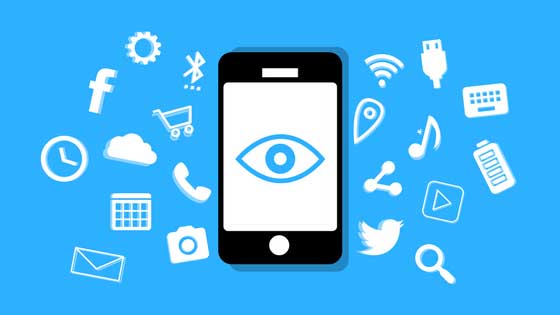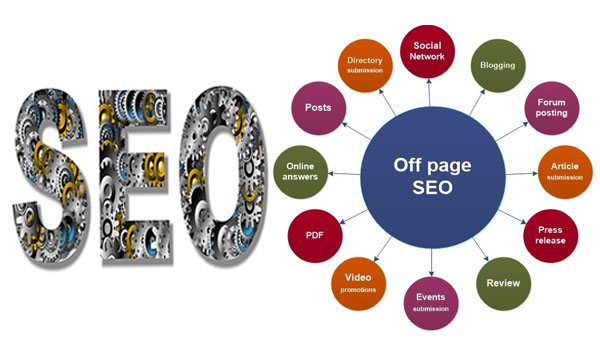Looking for a fun and effective way to present data? Infographics could be your solution. They are very appealing, easy to digest, and also can be shared with ease. This makes them an effective tool for communication.
With various types of infographics available, how do you decide which one to use and how do you go about creating it? Let’s dive into the three most common types of infographics and how you can create them.
Read on!
1. Statistical Infographics
If you’re looking to present data-driven content, statistical infographics are your best bet. They are ideal for showcasing survey results, important statistics, or any type of quantitative data. These infographics can visualize data well.
Thus, it makes complex information easy to understand. With a variety of design options, you can customize the infographic to match your brand or specific visual preferences. To design an infographic of this type, start by determining the key data points you want to highlight.
Then, choose the relevant charts and graphs to represent this data. Consider using a tool such as an infographic maker online to make the design process easier. By using this tool, you can ensure your data is presented clearly and professionally.
2. Process Infographics
A process infographic is a step-by-step guide, perfect for explaining a process or demonstrating how to do something. These infographics often use directional cues to guide the reader through the process.
They can be especially useful in educational or instructional materials. Creating a process infographic starts with outlining each step in the process. Each step should be clear and concise.
Next, use visual cues to guide the reader and make sure the steps are flowing logically from one to the next. With careful planning, your process infographic can serve as a valuable resource for your audience.
3. Comparison Infographics
Comparison infographics are yet another excellent option you can use. These are great for showing the differences or similarities between two or more items. This could be used for comparing products, concepts, or options.
They’re particularly helpful when trying to make a decision, as they lay out all the necessary information side by side. To create a comparison infographic, first, decide what you will be comparing. Then, list the features or characteristics of each item.
Make sure to be clear in delineating where one item ends and the next begins to avoid confusion. A well-designed comparison infographic can provide a clear, unbiased overview of your subjects.
Mastering the Types of Infographics
There is value in understanding the different types of infographics. And, also knowing how to create infographics can help improve your ability to communicate complex data.
Whether it’s showcasing important statistics, guiding through a process, or making comparisons.
Using infographics is a powerful tool in any communicator’s toolkit. So, make sure to know which type to use and how to create an infographic well. You’ll be well-equipped to present data in an engaging and digestible manner.
So get started today, and let your creativity shine!
Visit our blog today for more useful content like this!






























